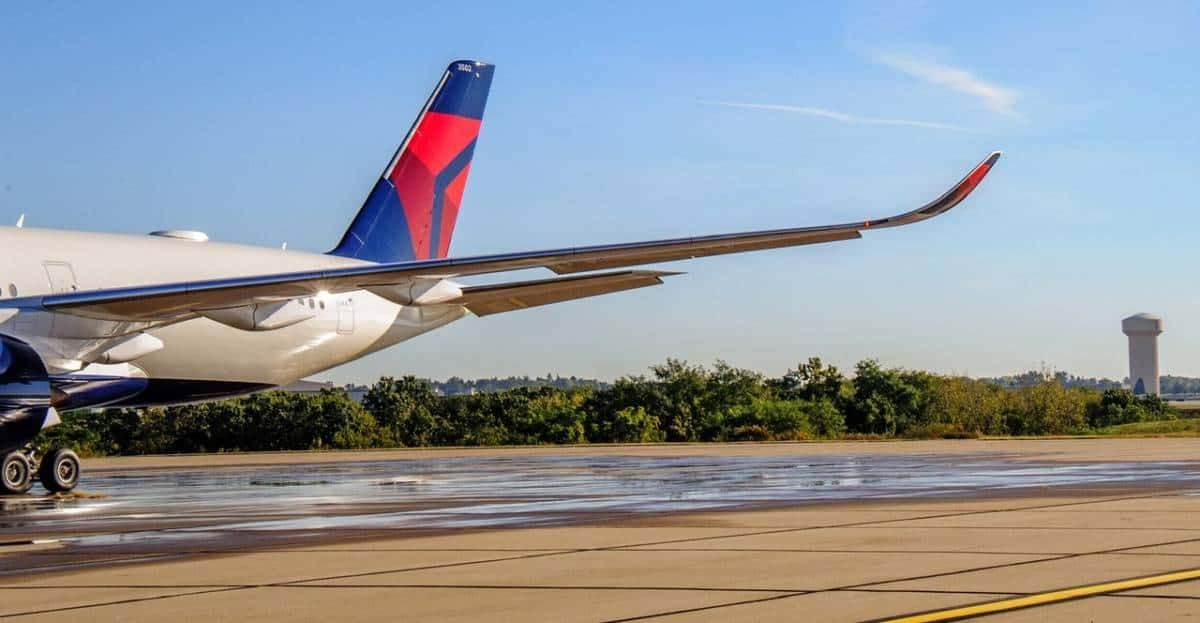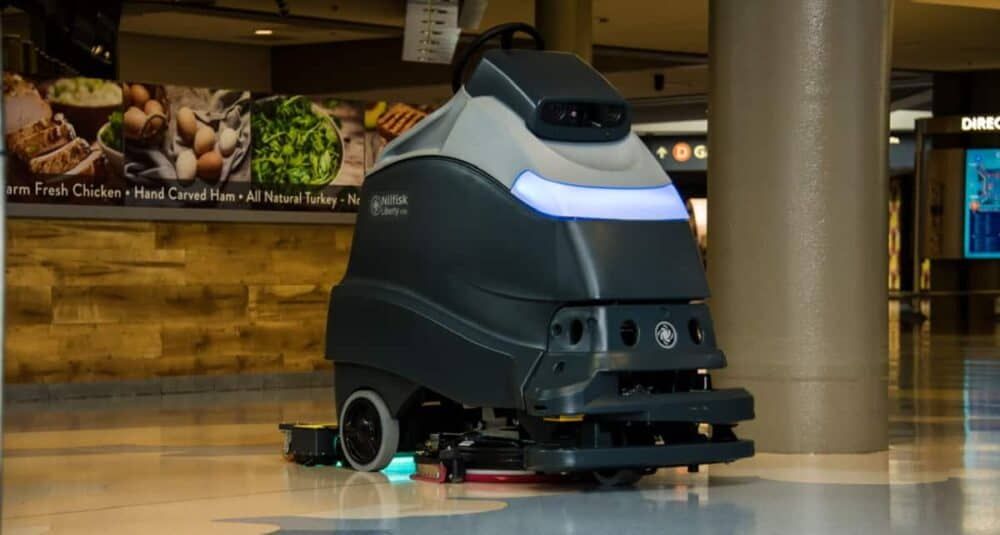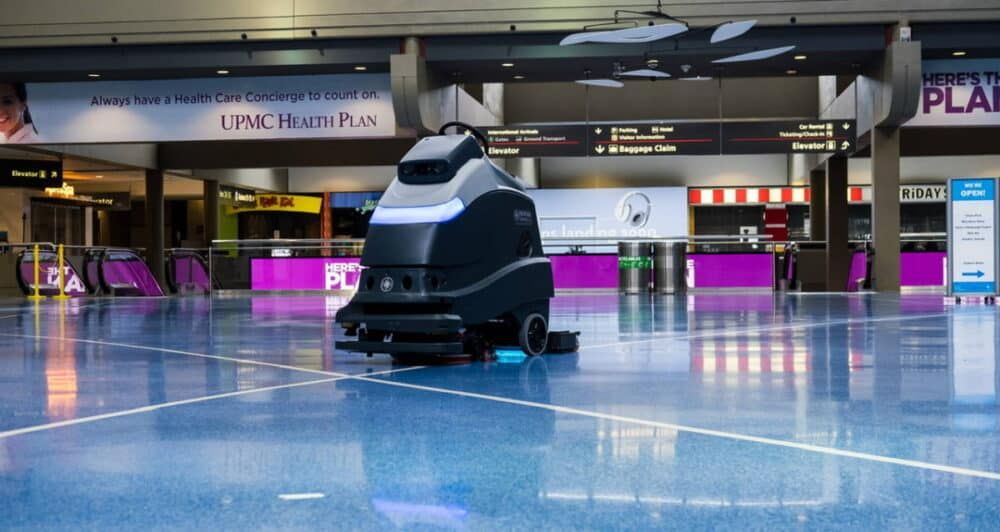Pittsburgh International Airport (PIT) announced today that it is deploying autonomous floor scrubbers that use ultraviolet technology designed to kill microbes in high-traffic areas. The hub has teamed with Pittsburgh-based Carnegie Robotics to introduce these devices amid the global health crisis.
Thinking out of the box
The coronavirus pandemic has caused a wave of new hygiene measures to be introduced across the aviation industry. Subsequently, PIT is finding ways to creatively maintain cleanliness across its facilities while reducing risk in a busy environment.
Stay informed: Sign up for our daily aviation news digest.
Within a press release seen by Simple Flying, Pittsburgh Airport's SVP of information technology, Katherine Karolick, said that the application of UV is part of a strategic airport-wide approach to cleaning as officials look to incorporate UV disinfecting technology in additional ways. Other areas where the airport is looking to apply this tech include handrails of escalators & moving walkways and elevator buttons.
The use of these UV robots is part of an effort to return traveler confidence following the downturn caused by the pandemic. Karolick added that passengers don't just want to see a clean airport, they also want to know that it is clean and safe.
Testing out on the front line
The scrubbers are modified versions of machines built by Danish firm Nilfisk. Meanwhile, Carnegie Robotics designed and manufactured the artificial intelligence and robotic systems for the devices that can map an area and then clean it without human interaction.
Carnegie Robotics Chief Financial Officer Daniel Beaven shared that partnering with the airport to test and refine these systems was a natural choice. Ultimately, the hub has the right versatility to test out the devices.
"An airport, as a particular application space, is very representative of a lot of public spaces: high traffic, big open areas, reflective surfaces, a lot of safety concerns," he said, as per the press release.
"It's a great challenge for us. Our No. 1 priority in this testing, however, is to understand how effective the addition of UVC is as a disinfectant in combination with Nilfisk's scrubber."
A change of scene
UV robots such as these have been used in hospitals to disinfect and kill microorganisms. Therefore, their use at airports could go a long way in the fight against the virus.
Airports across the globe are also trying out similar techniques. For example, Doha's Hamad International Airport (HIA) has been investing in robotics and special helmets to help keep passengers safe and prepared for a post-coronavirus era.
Altogether, Pittsburgh's robotic cleaning measures could be the first of a standard across the United States to ensure that passengers are as protected as they can be on their journeys. These processes will work well in combination with other technological initiatives at airports.
What are your thoughts on the use of these autonomous robotic cleaners at Pittsburgh International? Do you think this is a good move for the airport? Let us know what you think of the initiative in the comment section.



